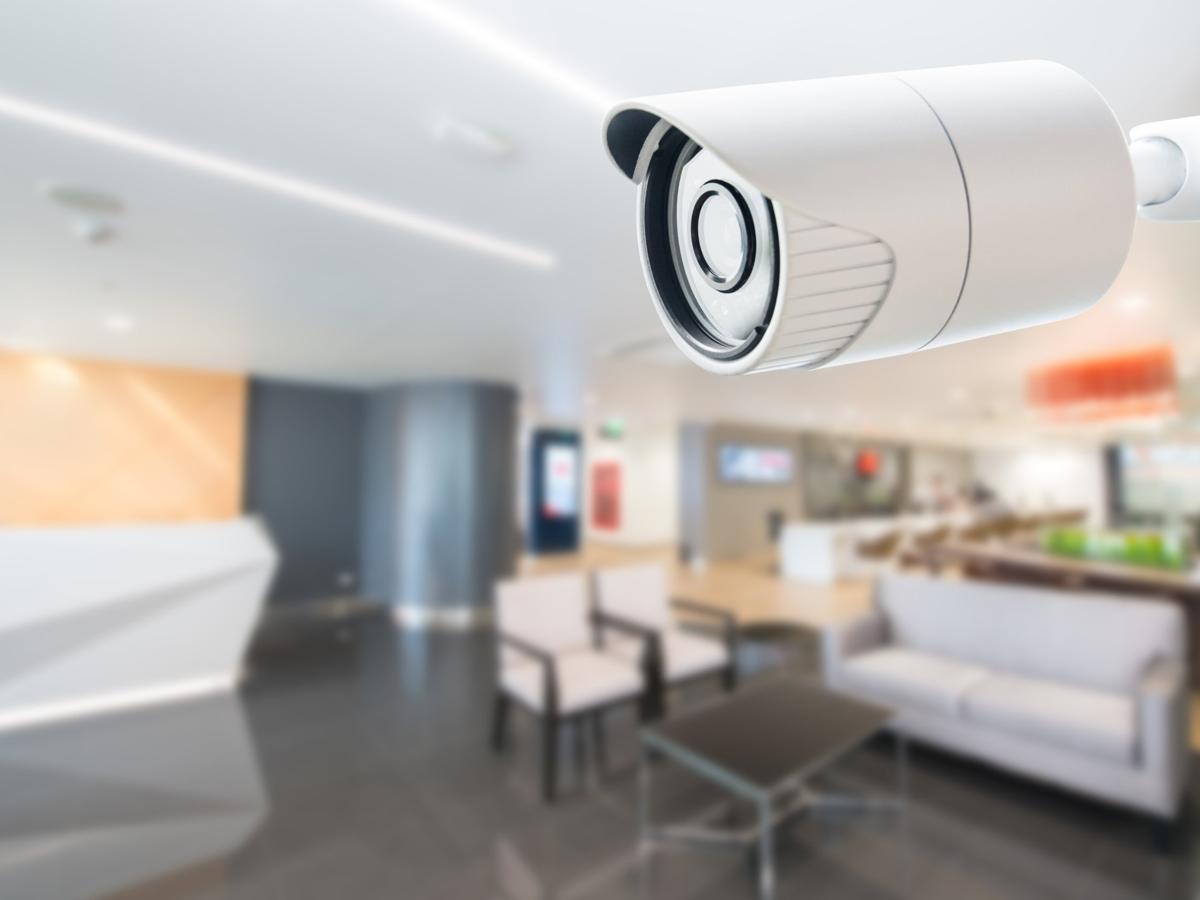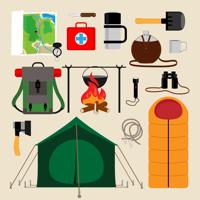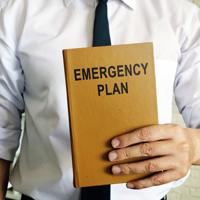Creating a safe room in your home can be an important step in ensuring the safety of you and your loved ones during emergencies. Whether facing natural disasters, home invasions, or other threats, having a well-planned and equipped safe room can offer peace of mind and protection. Here, we’ll explore practical steps to set up a safe room that aligns with your needs.
Selecting the Right Room
Choosing the location for your safe room involves considering a few practical factors:
- Proximity: Ideally, your safe room should be easily accessible from frequently used areas of your home. In an emergency, time is crucial.
- Windows: Rooms with no or minimal windows are preferable to ensure greater security and protection from flying debris.
- Basement: If you’re at risk of tornadoes or hurricanes, a basement or underground area might be worth considering due to its robust structure.
Strengthening Structure
Once you’ve selected a suitable room, you’ll need to enhance its structural integrity:
- Reinforce Walls: Consider adding extra layers of drywall, sheet metal, or plywood to make the walls more resistant to breaches.
- Install a Sturdy Door: Solid core doors with heavy-duty locks can prevent unauthorized access. Reinforcing the door frame is equally essential.
- Secure Windows: If your chosen room has windows, consider installing shatterproof glass or heavy-duty shutters to keep out debris and intruders.
Essential Supplies
Stocking your safe room with essential supplies ensures you can stay there comfortably and safely for an extended period if needed:
- Water and Food: Store several days’ worth of non-perishable food and bottled water.
- First Aid Kit: A well-stocked first aid kit is vital. Ensure it’s easily accessible, with instructions for use.
- Communication Device: Have a battery-powered or hand-crank radio for emergency updates, and consider including a charged spare phone.
Additional Safety Measures
Beyond the basic structural and supply considerations, include some additional safety features:
- Ventilation: Ensure proper airflow, especially if your room is enclosed with no windows. You might consider a small, battery-operated fan.
- Lighting: Reliable, battery-powered lights are a must. LED flashlights or lanterns with extra batteries are useful.
- Fire Extinguisher: Having a fire extinguisher in the safe room could be crucial in the unlikely event of a fire.
Training and Preparation
It’s important that all members of your household are familiar with the safe room’s location and purpose:
- Routine Drills: Conduct regular drills to ensure everyone knows how and when to use the safe room.
- Assign Roles: Consider assigning specific roles or tasks to each person to ensure a smooth transition in an emergency.
Conclusion
Setting up a safe room in your home involves thoughtful planning and consideration. There’s no one-size-fits-all approach, and your needs will vary based on location, household size, and potential threats.
Take inspiration from communities experienced in emergency preparedness, and remember that any step towards creating a safer environment is a step in the right direction. As you customize your safe room, seek advice from trusted sources and professionals if needed, ensuring you’re making informed choices for your household’s safety.




